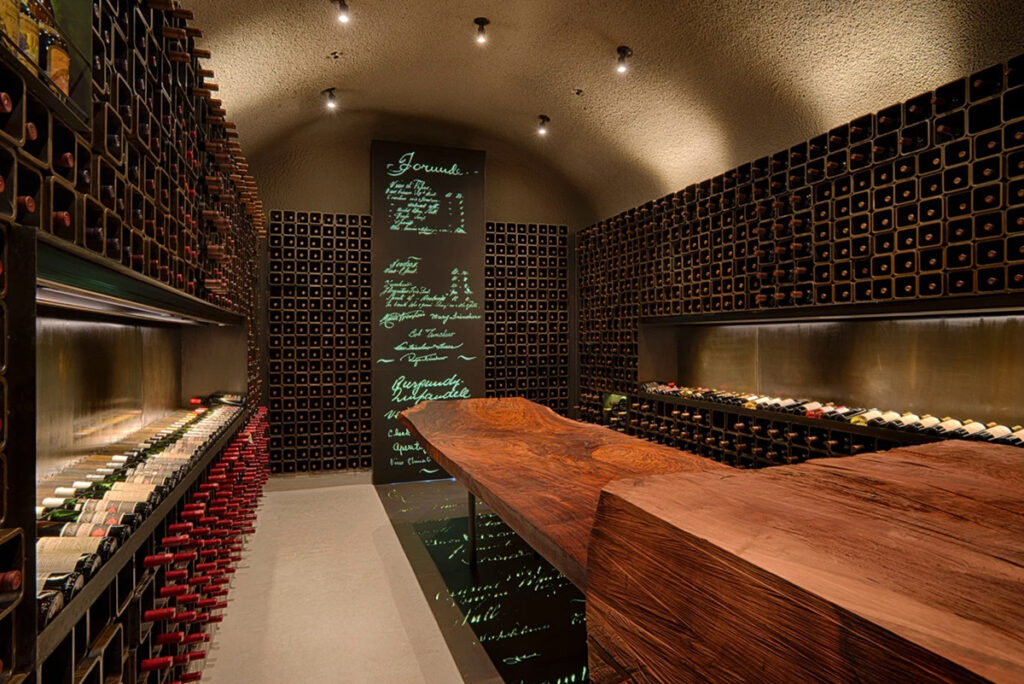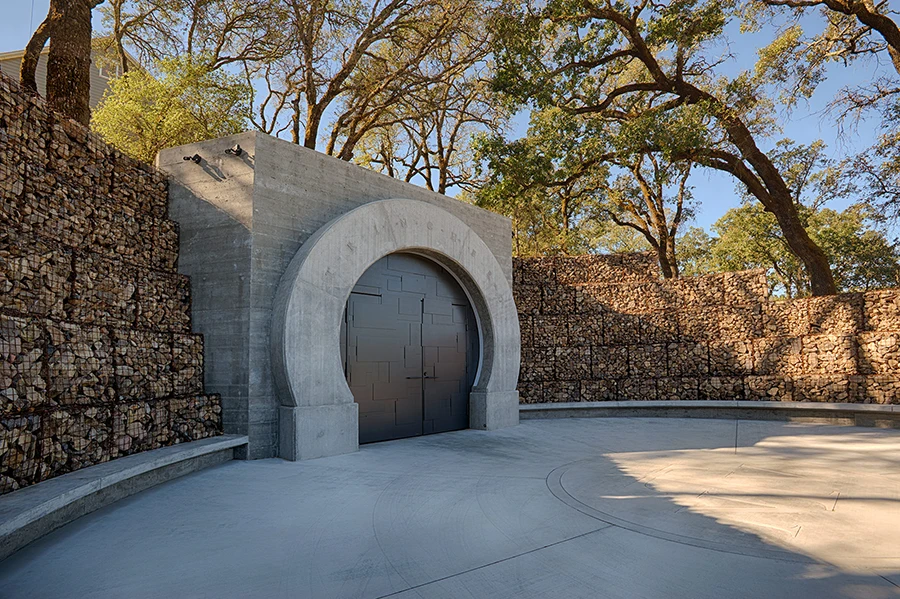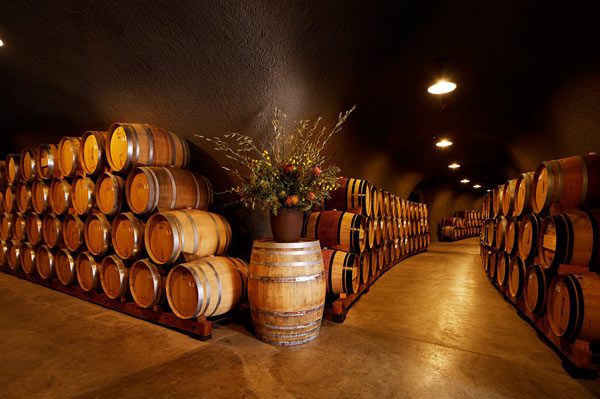A Guide to Wine Cave Construction Regulations in California
April 22, 2024 Winery ConstructionIn this guide, we provide an overview of wine cave construction regulations and permitting requirements in California.

Wine caves offer a unique combination of functionality and ambiance, allowing for ideal storage conditions and a truly unforgettable atmosphere. However, before building one of these beautiful subterranean spaces, it’s crucial to understand the regulatory requirements of this kind of winery construction project.
As a commercial general contractor specializing in wine cave construction, the FDC team has helped countless wineries navigate specialized building projects. Read on to learn about important regulations and permitting requirements for wine cave construction projects in California.
Wine Cave Classifications in California
California categorizes wine caves into three distinct classifications based on their intended use. Understanding this classification system is vital for determining the specific regulations that apply to your project. The classification assigned to an underground wine cave directly impacts the specific regulations that apply to its construction.
Class I Wine Caves
Class I wine caves are designated for the storage and/or processing of wine only and are not accessible to the public. They are solely for wine production and aging, with no public tours or visitor access.
Class II Wine Caves
These caves are used for the storage and/or processing of wine and are accessible to the public for guided tours only. Class II caves allow visitors to experience the unique atmosphere of the cave environment while learning about the winemaking process.
Class III Wine Caves
Class III wine caves are used for the storage and/or processing of wine and are accessible to the public for guided tours, but also contain hospitality areas. This classification applies to caves that host tours and include areas for gatherings or events within the cave.
State and Local Regulatory Entities
Due to the unique combination of above ground and subterranean elements involved in wine cave construction, various entities play a crucial role in the permitting process.
California Building Standards Code (CBC):
The California Building Standards Code (CBC) serves as the foundational document outlining the minimum building regulations throughout the state. This comprehensive code establishes benchmarks for structural integrity, fire safety, accessibility, and other essential aspects that directly impact the construction of your wine cave.
Local Modifications
It’s important to recognize that individual counties within California possess the authority to adopt stricter regulations than those outlined in the CBC. These modifications often stem from specific geographical or environmental considerations within the county.
California Division of Mines and Tunneling (M&T)
The California Division of Mines and Tunneling (M&T) plays a crucial role in overseeing wine cave construction projects. The M&T enforces safety protocols for subterranean construction, ensuring the structural integrity of the cave and the well-being of workers on the project site.
Their involvement typically encompasses reviewing and approving construction plans, conducting inspections throughout the construction process, and ensuring compliance with all relevant safety regulations.
Wine Cave Construction Regulations Overview

Building a wine cave in California requires crucial groundwork to ensure a smooth permitting process and successful construction. This preliminary stage focuses on understanding the land itself, its suitability for excavation, and its potential environmental and safety considerations.
Feasibility Study
Before applying for any permits, a thorough feasibility study is crucial. This study will assess the site’s suitability for wine cave construction, considering factors like:
Geological Investigations
Geological investigations are also essential to understand the stability of the surrounding rock and determine the best excavation methods. This investigation also assesses potential hazards like faults or seismic activity. This information will be vital for designing a safe and structurally sound wine cave.
Spoils Disposal
Wine cave excavation generates a significant amount of earth and rock materials, known as “spoils.” California has strict guidelines for spoils disposal. Local regulations dictate where the spoils can be relocated and may require specific procedures for transportation and dumping.
Fire and Safety Compliance
Wine cave construction adheres to stringent fire safety regulations. Depending on the classification of your cave, fire alarm systems, sprinkler systems, and designated exit paths may be required. Consult with local fire officials to ensure your wine cave design adheres to all fire safety codes.
Wine Cave Construction Permitting in California

The permitting process for wine cave construction can vary depending on your location, the cave’s intended use, and the complexity of your project. We recommend consulting with your local planning department and building department early in the planning stages to determine the exact permits required for your specific project.
Use Permit
The construction of a wine cave on your winery property necessitates a use permit from your local planning department. Your feasibility study will determine if your site qualifies for a use permit. This permit serves as an official verification that your project aligns with established zoning regulations and doesn’t disrupt the surrounding land use patterns.
Grading Permit
Once the use permit is approved, you’ll need a separate permit for the grading work required to create the access point (landing) to the wine cave. This permit governs how you handle spoil disposal during excavation, slope limitations, and any digging restrictions required to prevent erosion.
Building Permits
Unlike above-ground structures, the excavation of a wine cave might not require a building permit. Local regulations in some areas of California consider the underground space an extension of the natural ground rather than a built structure. However, while a permit for digging the cave itself might not be required in all counties, building permits will likely be necessary for other crucial aspects of your project.
Before digging can begin, you will need to get a building permit for the construction of the entrance of the cave, also known as the “portal”. This can include any above-ground structures associated with the cave. Any essential electrical, HVAC, or plumbing work needed within the cave will also require permitting.
California’s Expert Winery Construction Firm
At FDC, we possess a profound understanding of the intricacies of wine cave construction in California. With over 50 years of experience rooted in the development of the wine country, we take great pride in providing the highest degree of quality, integrity, and care to all our clients.
To learn more about our winery construction services, give us a call at (707) 523-1722 or contact us online today.
